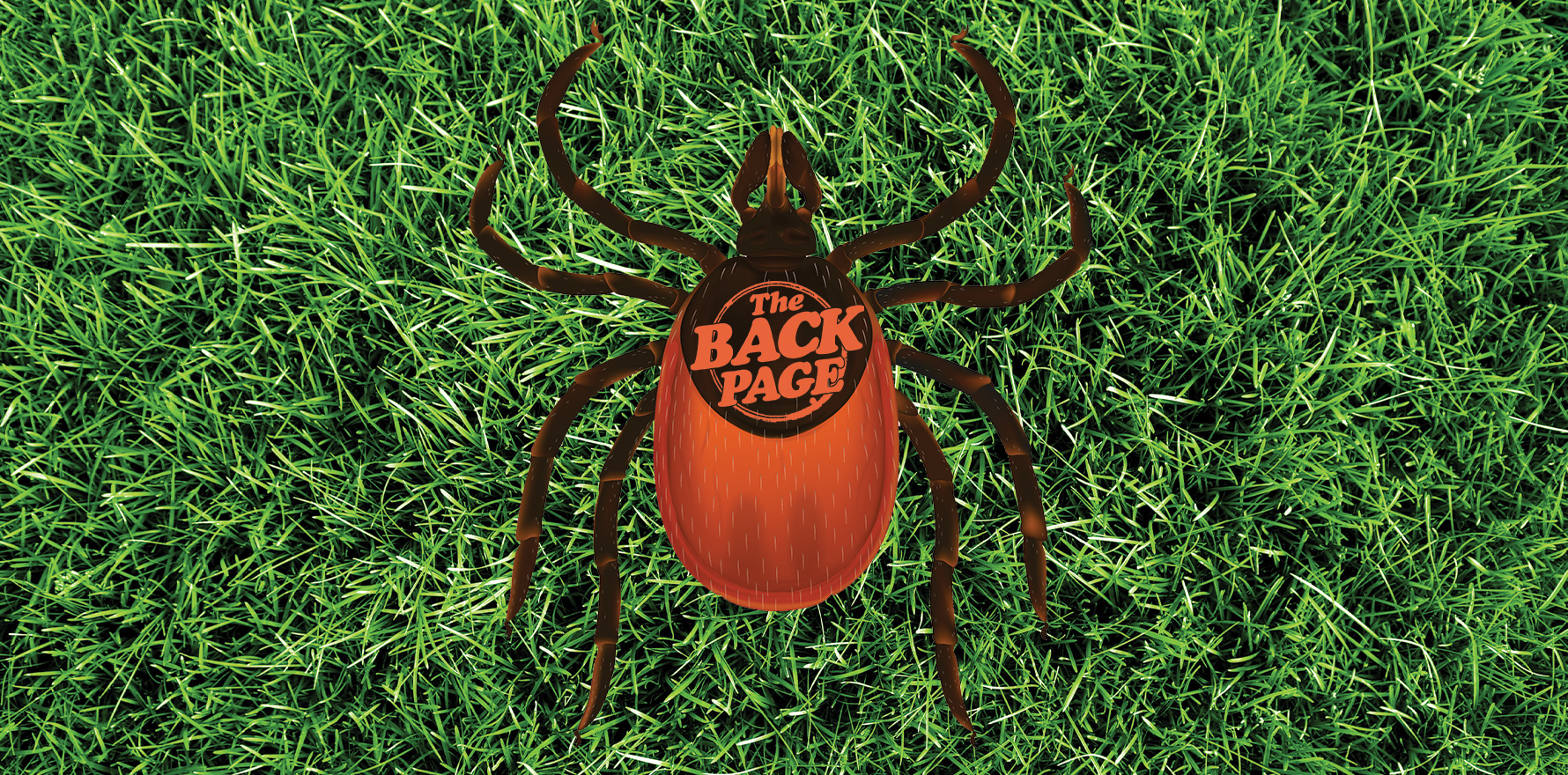The little monsters may be about to pay their debts with a new generation of anti-inflammatory drugs.
What have ticks ever done for us, apart from driving a small number of humans into a reluctant state of vegetarianism?
The Back Page is fond of camping, but will never forget being woken one idyllic morning by a friend who shoved his face into mine, pointed at the raised grey disc on his eyelid and said “Is this a tick?”
Dear reader, it was a tick, one that had been feasting on … eyelid blood … for an unknown length of time. It wouldn’t have helped at the time to know that this was thanks to proteins in the tick’s saliva that prevented inflammation and pain from alerting my friend to the bite.
The upside of this fairly quotidian horror is that scientists are busy investigating the various “evasins” ticks use, aiming to co-opt the mechanism to suppress the kind of unwanted, dysregulated inflammation that causes misery in autoimmune and many other chronic diseases.
Ticks, you nasty things, this is your chance. You owe us, after all the blood you’ve sucked out of us mammals over the millennia – but if you can show us the way to a new class of anti-inflammatory drugs, we may consider us quits.
A PhD student at Monash University, Shankar Devkota, in a study published in Nature, has described a new class of evasin able to bind to a wide range of chemokines, the proteins that recruit leukocytes to sites of infection or injury.
Between the description of the Ixodidae family as “ectoparasitic arachnids that survive on the blood of their hosts” and the subhead “Discussion”, there’s not a lot in the paper that your Back Page correspondent can understand, so we’ll skip to the takeaway: “Whereas pharmacological targeting of chemokine receptors in anti-inflammatory therapy has met with limited success, ticks achieve effective suppression of inflammation by secreting a cocktail of evasin proteins with different chemokine target selectivities,” the authors write.
It’s not a matter of milking ticks for their evasins, however – though what an image that is – as they need to be engineered “to have the appropriate target selectivity for any given application”.
Once again, the Back Page would have liked to bring you photographic images of a tick burrowed neck-deep in some unsuspecting dog or human’s flesh, but was overcome by aversion almost immediately and will have to leave the imagery to the reader’s imagination.
Send a story tip to penny@medicalrepublic.com.au to get one year guaranteed ectoparasite-free.


